Image of 1959 Studebaker Scotsman, Note: These illustrations use artistic license and may differ from actual historical models.
Performance Metrics
Fundamental Metrics
Emotional Appeal
MMP Rating
| Engine Specifications | |
|---|---|
| Engine: | Inline 6 |
| Displacement: | 170 cubic inches |
| Horsepower: | Estimated 90 hp |
| Torque: | 125 lb-ft |
| Compression Ratio: | Estimated 8.0:1 |
| Ignition System: | Distributor and coil |
| Cooling System: | Liquid-cooled |
| Performance Specifications | |
| 0-60 Time: | Estimated 20 seconds |
| 1/4 Mile Time: | Not available |
| Top Speed: | 90 mph |
| Transmission and Drive | |
| Drive Type: | Rear-wheel drive |
| Transmission Type: | 3-speed manual |
| Fuel and Efficiency | |
| Fuel System Type: | Carburetor |
| MPG: | Estimated 20-25 mpg |
| Dimensions and Brakes | |
| Brakes: | Drum brakes |
| Wheelbase: | 113 inches |
| Weight: | Estimated 2,700 lbs |
Note: Specifications for classic cars are given to the best of our ability, considering the limited and variant data available.
Unearthing the Understated Charm of the 1959 Studebaker Scotsman
In an era where chrome and tailfins were king, the 1959 Studebaker Scotsman stood apart with a defiantly minimalist approach. Born from the Studebaker-Packard Corporation, this vehicle was a testament to frugality and function over flashiness. The Scotsman's origin traces back to the economic recession of the 1950s, where Studebaker aimed to capture the market segment yearning for affordable, no-nonsense transportation. A unique fact that piques interest is that the Scotsman, despite its bare-bones presentation, was named after the thrifty stereotype of the Scottish people, a nod to its economical nature.
Design and Innovation
The exterior of the 1959 Studebaker Scotsman was a study in austerity. Its body lacked the ornate embellishments common in the period, presenting a clean, boxy silhouette that prioritized utility. Inside, the interior was equally Spartan, with rubber mats instead of carpeting and a simple dashboard that featured only the essentials. The materials used were durable but far from luxurious, aligning with the vehicle's utilitarian ethos. Technologically, it offered what was necessary for operation without indulgence in extravagance. The Scotsman came in a limited palette of color options, with shades like Highland Green and Scotsman Blue being popular choices. Body styles included a two-door and four-door sedan, as well as a two-door station wagon, with the latter being particularly iconic for its practicality.
Historical Significance
The Scotsman's impact on automotive design was subtle yet significant. In contrast to its contemporaries, it stripped away excess and presented a car that was purely about transportation. This philosophy would later resonate in the compact and subcompact movements of the 1960s and 1970s. The Scotsman's legacy is one of influencing a segment of vehicles that prioritized efficiency and affordability.
Performance and Handling
Performance was modest by today's standards; the Scotsman's inline-six engine propelled it to a top speed that was adequate for its time but not noteworthy. Acceleration from 0-60 mph was not a sprint but more of a leisurely climb. Handling was straightforward and unpretentious; it managed bumps and windy roads with a no-frills resilience. Driving the Scotsman was an exercise in simplicity—the engine's hum was unobtrusive, and the ride was honest without pretension, offering an authentic driving experience.
Ownership Experience
The 1959 Studebaker Scotsman found its niche as a daily driver for those who valued practicality above all else. Its maintenance and reliability were in line with its straightforward design—easy to repair with a bit of know-how. The Scotsman was not typically seen as a show car or racing vehicle; it was the workhorse of the American road.
Fun Facts
In terms of trivia, the Scotsman's no-frills approach led to some models lacking even a passenger-side sun visor or armrests—features considered standard today. While not known for breaking speed records, the Scotsman did set an example for cost-effective production and ownership. It rarely found itself in the limelight of significant historical events but remained a reliable backdrop in the everyday lives of many Americans. Common criticisms revolved around its starkness and lack of power.
Collector's Information
Today, the 1959 Studebaker Scotsman's value range for collectors varies widely based on condition and originality. With production numbers not exceedingly high, its rarity has increased over time. A well-preserved Scotsman could fetch a respectable sum in the classic car market, potentially ranging from $10,000 to $30,000 or more for pristine examples. The market trend shows appreciation for this model due to its unique place in automotive history.
Conclusion
The 1959 Studebaker Scotsman may not have been the flashiest car on the block, but it carved out its own niche in automotive history through its commitment to simplicity and economy. Its design philosophy bucked trends and paved the way for future generations of practical vehicles. As we reflect on the Scotsman's legacy, we're reminded that sometimes less truly is more.
1959 Studebaker Scotsman Catalog of Parts
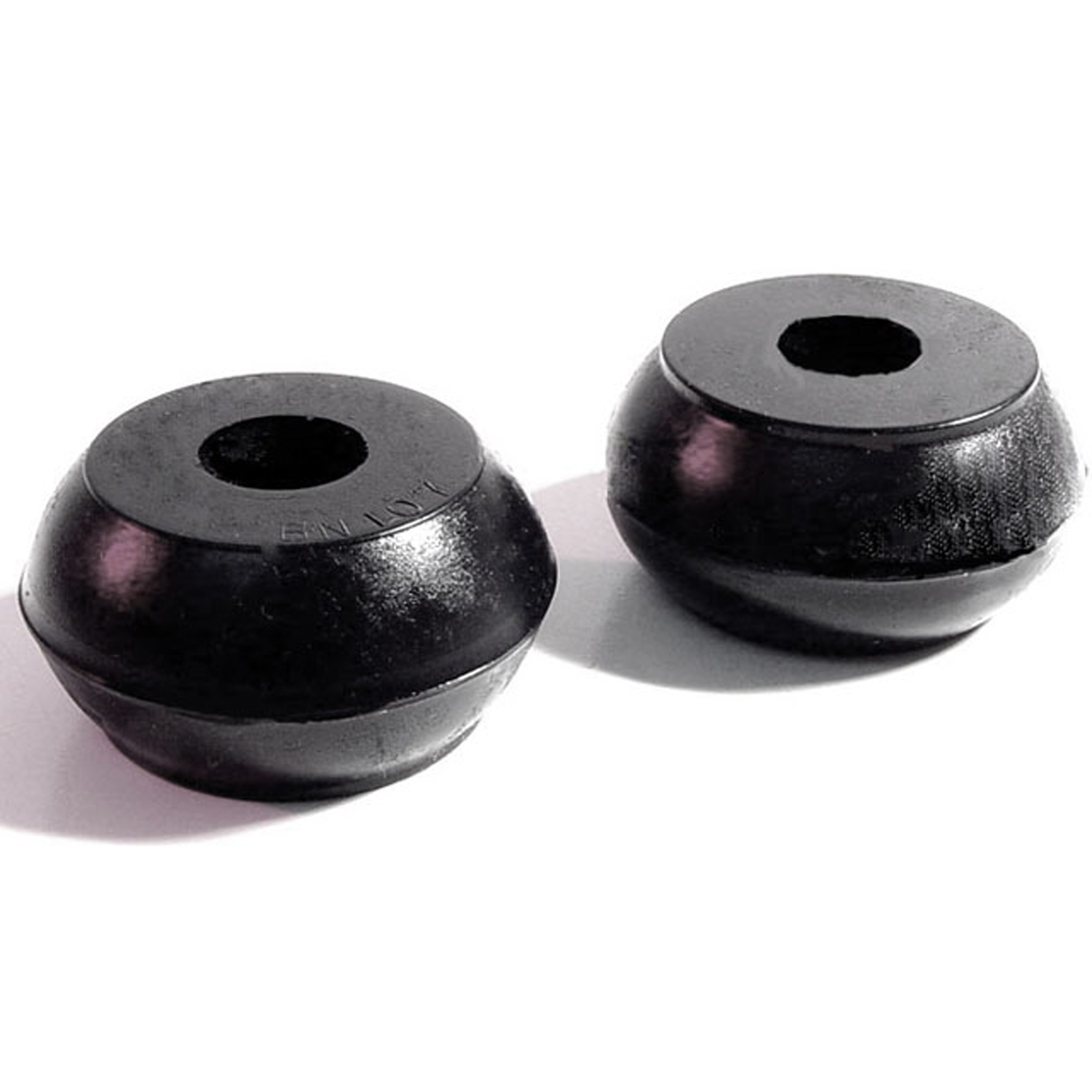 1959 Studebaker Scotsman Power Steering Bushing. 1-9/16" O.D., 7/16" I.D. Pair-BN 107Power Steering Bushing. 1-9/16" O.D., 7/16" I.D. Pair
1959 Studebaker Scotsman Power Steering Bushing. 1-9/16" O.D., 7/16" I.D. Pair-BN 107Power Steering Bushing. 1-9/16" O.D., 7/16" I.D. Pair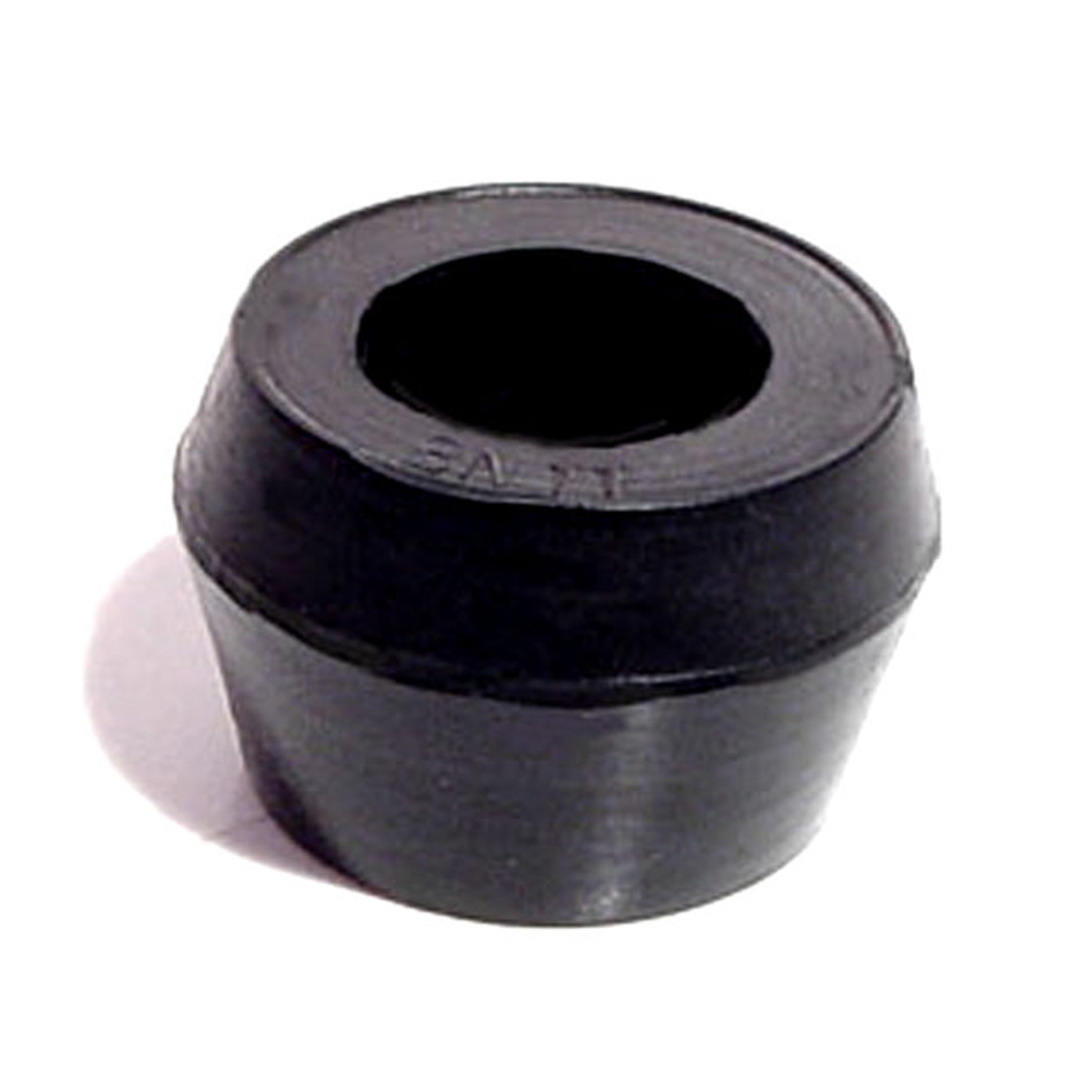 1959 Studebaker Scotsman Shock Absorber Grommet. 1" bottom O.D-BN 11Shock Absorber Grommet. 1" bottom O.D., 3/4" high, with 5/8" I.D. Each
1959 Studebaker Scotsman Shock Absorber Grommet. 1" bottom O.D-BN 11Shock Absorber Grommet. 1" bottom O.D., 3/4" high, with 5/8" I.D. Each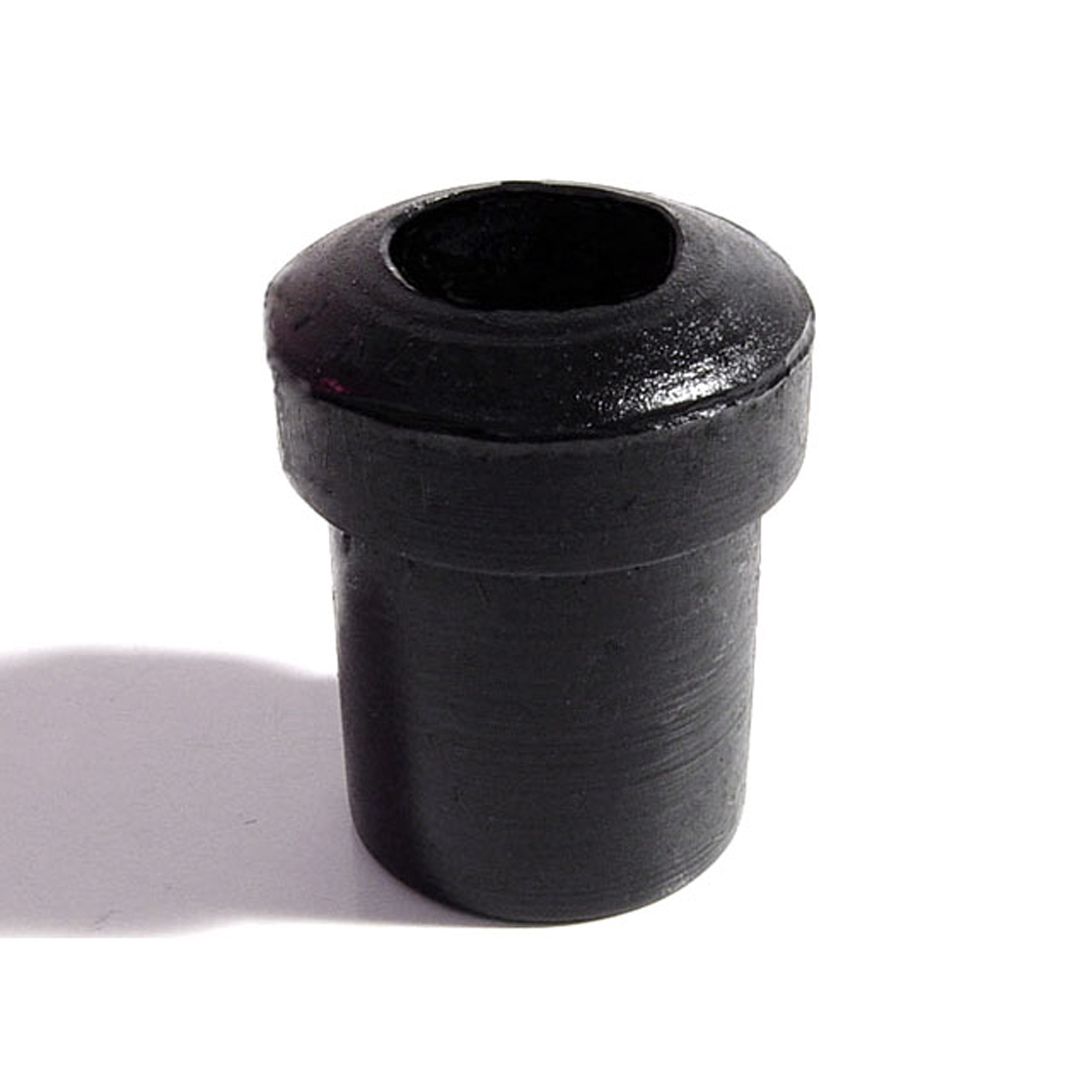 1959 Studebaker Scotsman Spring and Shackle Bushing. 7/8" bottom O.D-BN 16Spring and Shackle Bushing. 7/8" bottom O.D. X 1-1/8" high, with 1/2" I.D. Each
1959 Studebaker Scotsman Spring and Shackle Bushing. 7/8" bottom O.D-BN 16Spring and Shackle Bushing. 7/8" bottom O.D. X 1-1/8" high, with 1/2" I.D. Each 1959 Studebaker Scotsman Gas Filler Grommet. Perfect reproduction. Top 2-1/16" I.D-GF 45Gas Filler Grommet. Perfect reproduction. Top 2-1/16" I.D., 3-7/16" O.D. Each
1959 Studebaker Scotsman Gas Filler Grommet. Perfect reproduction. Top 2-1/16" I.D-GF 45Gas Filler Grommet. Perfect reproduction. Top 2-1/16" I.D., 3-7/16" O.D. Each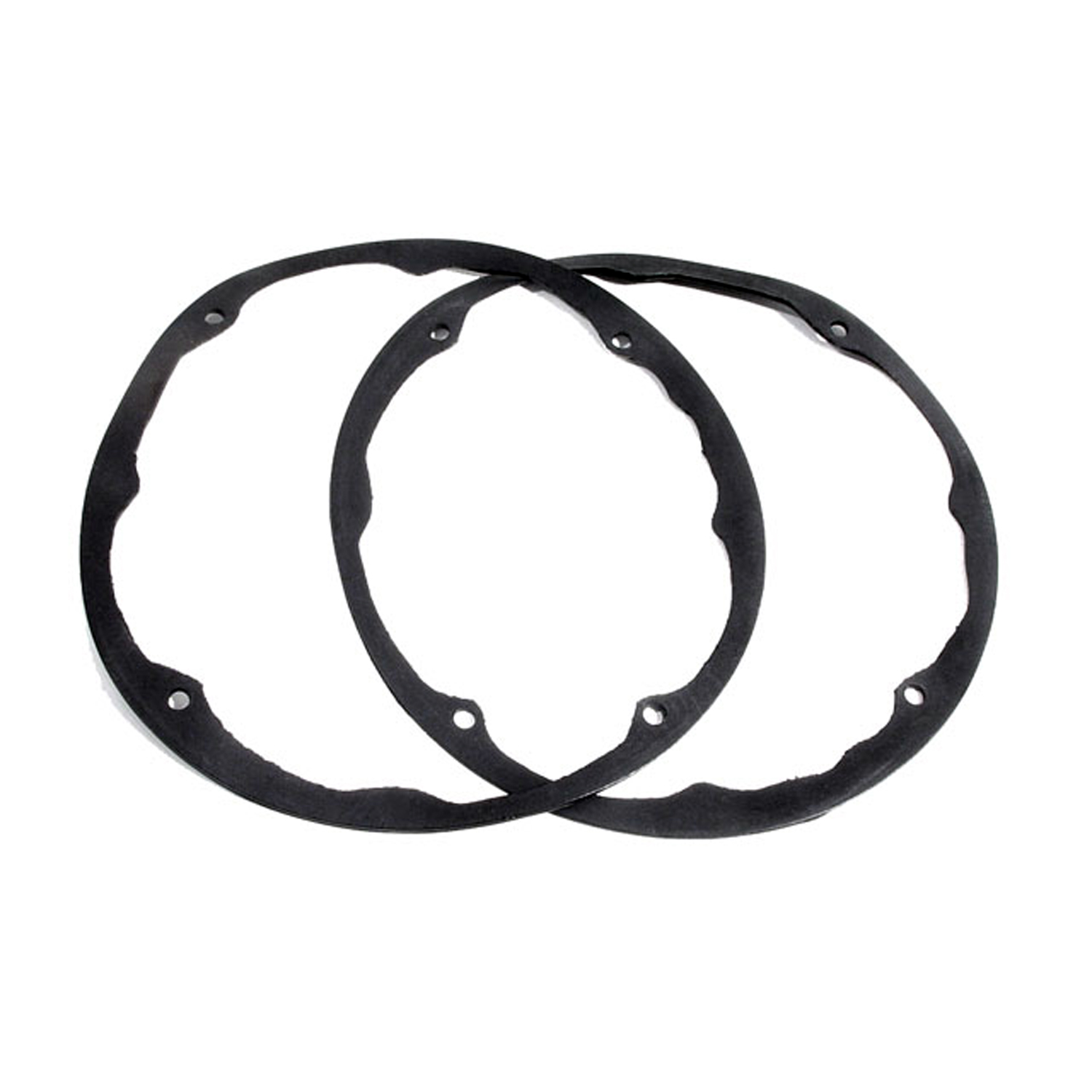 1959 Studebaker Scotsman Headlight Ring Seal. 8-5/8" O.D., 7-7/8" I.D. Pair-HR 16Headlight Ring Seal. 8-5/8" O.D., 7-7/8" I.D. Pair
1959 Studebaker Scotsman Headlight Ring Seal. 8-5/8" O.D., 7-7/8" I.D. Pair-HR 16Headlight Ring Seal. 8-5/8" O.D., 7-7/8" I.D. Pair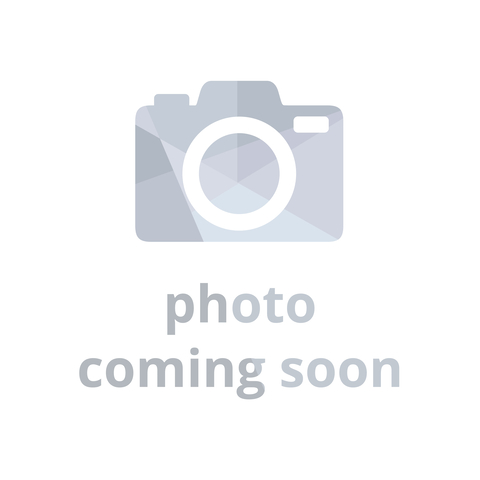 1959 Studebaker Scotsman Rubber Seal Behind Fender on Headlights-MP 979-CRubber Seal Behind Fender on Headlights. 8-7/8" wide X 10" long. Pair
1959 Studebaker Scotsman Rubber Seal Behind Fender on Headlights-MP 979-CRubber Seal Behind Fender on Headlights. 8-7/8" wide X 10" long. PairWhy Choose Metro?
For over 100 years, Metro Moulded Parts has been the pinnacle of quality in classic car restoration parts. Our commitment to precision and authenticity in every component ensures a perfect fit and an OEM-level appearance.
- Expert Craftsmanship & Quality: Each part is a testament to our dedication to reliability and perfection, crafted from original designs and thoroughly tested.
- Advanced Technology: We use cutting-edge techniques to create flawless, long-lasting parts that surpass others in performance.
- SuperSoft Sponge – The Ultimate Door Seal: Not only are our door seals 30% softer than competitors', but they're also guaranteed to never leak. They effectively reduce wind and road noise, enhancing your classic car's comfort and driving experience.
- Proudly American: Our parts are a product of American craftsmanship, made in the USA with a spirit of excellence and heritage.
- Unrivaled Warranty: We back our products with a 30-year industry-leading warranty, a testament to our confidence in their quality.
Join us in preserving the legacy of classic cars with parts that are crafted for perfection, not just made.

